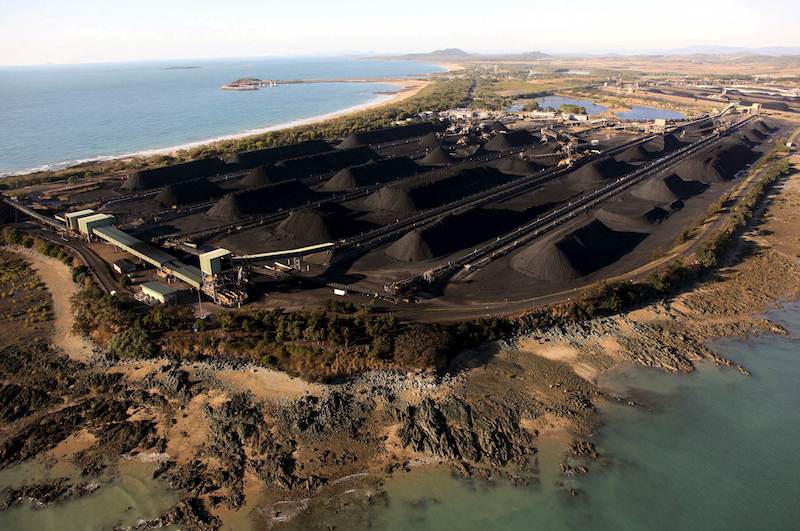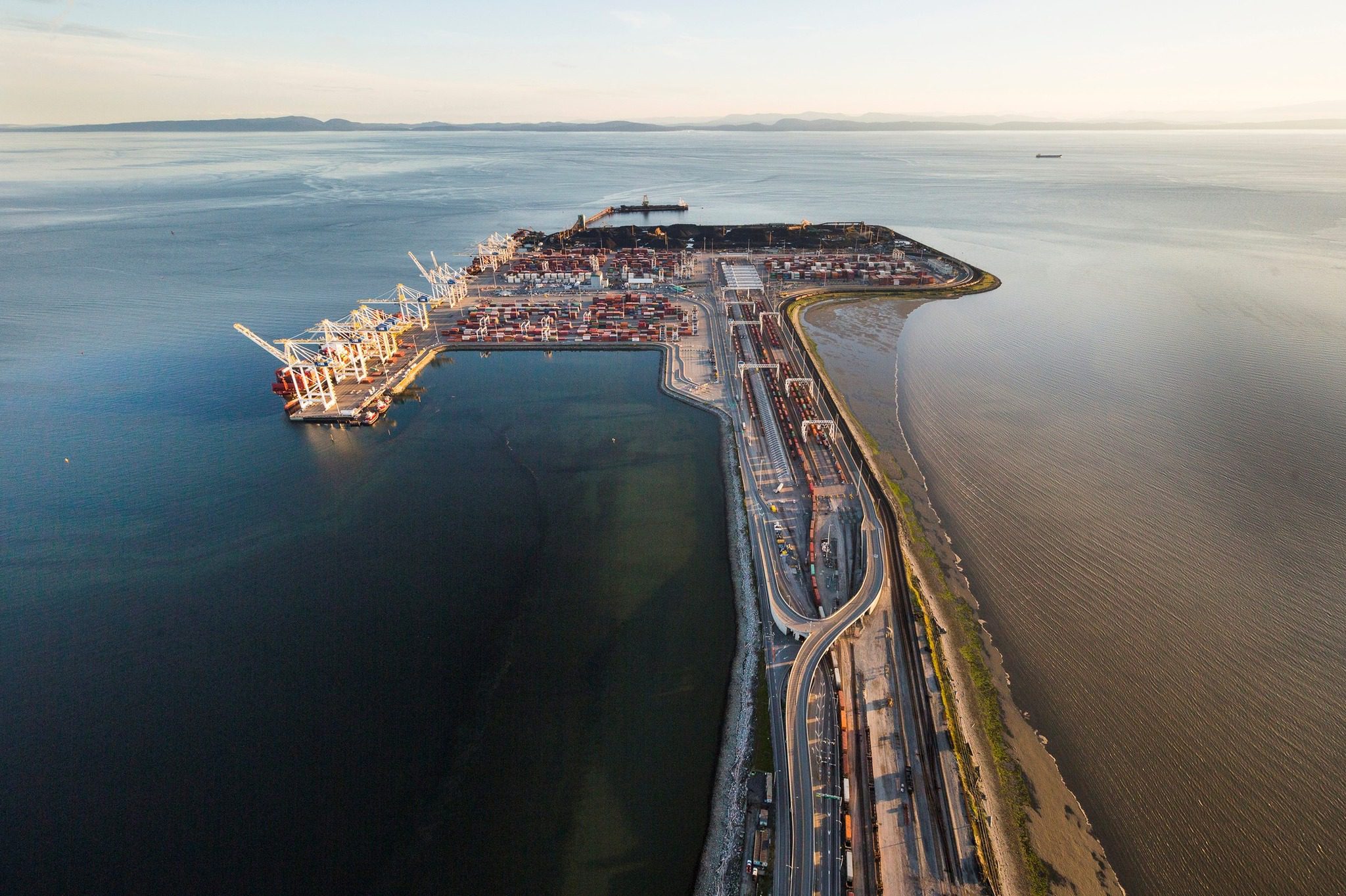Mounds of coal can be seen along the coastline of Queensland at the port of Hay Point, located around 450 km (279 miles) southeast of the city of Townsville August 5, 2009. Australia’s Great Barrier Reef watchdog gave the green light on January 31, 2014 for millions of cubic metres of dredged mud to be dumped near the fragile reef to create the world’s biggestcoal port and possibly unlock $28 billion in coal projects. REUTERS/Greenpeace/Patrick Hamilton/Handout
 By Sonali Paul
By Sonali Paul
MELBOURNE, Jan 31 (Reuters) – Australia’s Great Barrier Reef watchdog gave the green light on Friday for millions of cubic metres of dredged mud to be dumped near the fragile reef to create the world’s biggest coal port and possibly unlock $28 billion in coal projects.
The dumping permit clears the way for a major expansion of the port of Abbot Point for two Indian firms and Australian billionaire miner Gina Rinehart, who together have $16 billion worth of coal projects in the untapped, inland Galilee Basin.
“This is a significant milestone in developing our Galilee Basin coal projects, which represent the creation of over 20,000 direct and indirect jobs and over $40 billion in taxes and royalties,” said Darren Yeates, chief executive of GVK-Hancock, a joint venture between India’s GVK conglomerate and Rinehart’s Hancock Prospecting.
Environmentalists, scientists and tour operators had fought the plan to dump soil 25 km (15 miles) from the reef, which they fear will harm delicate corals and seagrasses and potentially double ship traffic through the World Heritage marine park.
“It’s a really disappointing decision,” said Selina Ward, a marine biologist at the University of Queensland who was among 240 international scientists who urged the Great Barrier Reef Marine Park Authority to refuse the permit.
“What we need to do is to stop putting pressure on the reef, certainly not to be adding further stress to it by dumping 3 million tonnes of sediment on it.”
If all the dredged material were dumped on land, the pile would be bigger than the Great Pyramid of Giza.
The reef authority, an independent government agency charged with protecting the reef, said the permit was approved as one third of the marine park was designated high protection and two-thirds allows other uses, such as dredging disposal as ports have always been a part of the area.
Authority chairman Russell Reichelt said expanding Abbot Point would require much less dredging than other options along the reef, which covers an area larger than the United Kingdom, the Netherlands and Switzerland combined.
“It’s important to note the seafloor of the approved disposal area consists of sand, silt and clay and does not contain coral reefs or seagrass beds,” Reichelt, said.
UNESCO CONCERNED OVER REEF
The permit to dump 3 million cubic metres of mud within the marine park could place at risk the World Heritage-listing of the Great Barrier Reef, one of Australia’s top tourist attractions generating an estimated $5.7 billion.
UNESCO, which awarded the reef its heritage listing, last year postponed a decision to June 2014 on whether to put the Great Barrier Reef on its “in danger” list or even cancel its World Heritage listing. It is awaiting a report from the national government on steps taken to address its concerns.
The permit allows North Queensland Bulk Ports Corp to dump dredged material in the reef marine park to deepen Abbot Point for two terminals planned by Adani Enterprises and GVK-Hancock, which have long term plans to export 120 million tonnes a year of coal all together.
North Queensland Bulk Ports Corp and Reichelt said the permit approval should not raise alarm at UNESCO, particularly as the reef authority on Friday urged the state and national governments and industry to come up with a new sustainable ports plan that would reduce the need for dredging along the reef.
“What I’ve called for today is exactly in line with what they (UNESCO) would like to see put in place,” Reichelt said.
The reef authority imposed strict conditions on the dumping permit, including no environmental, cultural or heritage damage to areas beyond 20 km (12 miles) from the disposal site, and urged the ports corporation to consider other dump sites.
Even with the permit, it’s unclear how soon the dredging will go ahead, as Adani and GVK-Hancock’s projects have been delayed amid funding challenges in the face of sliding coal prices and China’s efforts to cut coal use to battle smog.

 Join The Club
Join The Club











